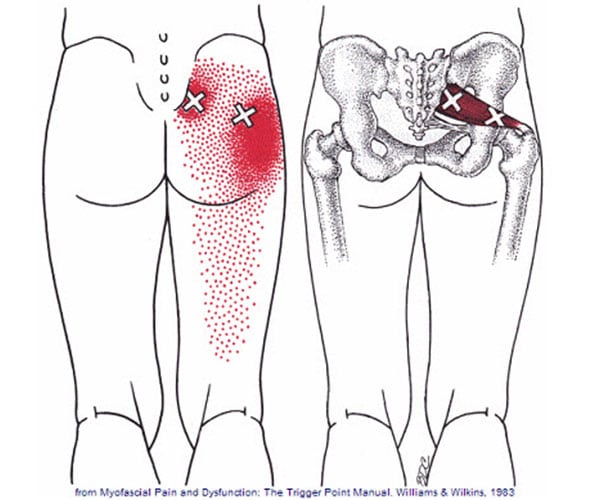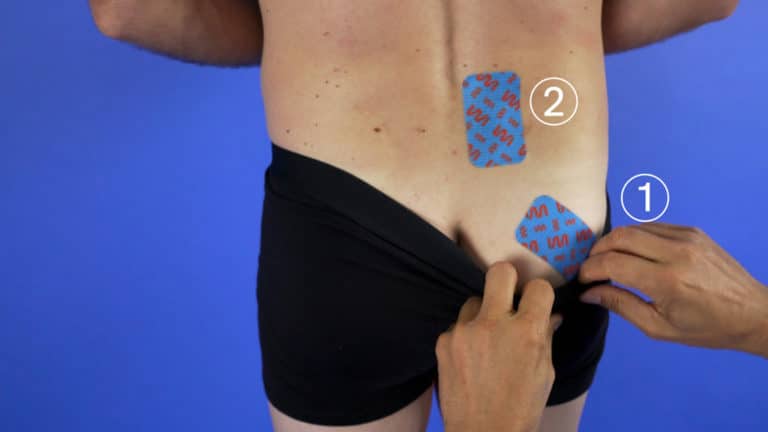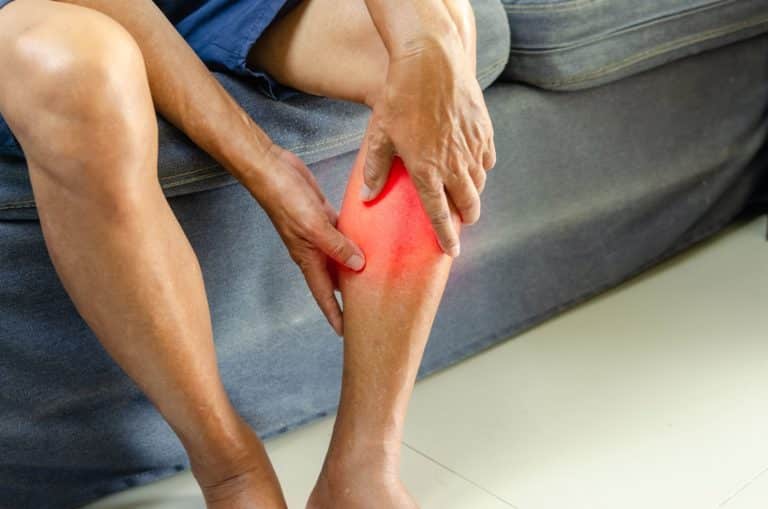
A la rencontre de Rémi Senal
A l’occasion des Championnats de France de Full Contact, nous avons récolté le témoignage de Rémi Senal, adepte des produits STIMCARE
Free delivery on orders above €150

Have you recently experienced a sharp pain in the buttock during a training session, and since then it's become more and more intense, until you're forced to take a strict rest. The symptoms resemble those of sciatica, but the diagnosis doesn't fit. What if it's the runner's false sciatica?
The piriform is one of the muscles that ensure pelvic stability. It connects the sacrum and the top of the femur, and therefore plays an essential role in all running sports. During the stride, it performs a reflex contraction to ensure leg rotation. This recurrent contraction can lead to pain-causing disruption, known as runner's sciatica or "false sciatica". piriformis syndrome. A pinching sensation on the upper buttock that radiates down the side of the thigh, the intensity of which can be accentuated by prolonged sitting, trampling and, of course, trail running.
Intensive training, for example, preparation for a major race can be the cause of piriformis syndrome. In other words, an accurate diagnosis and proper treatment are essential if you are to regain your physical capabilities as quickly as possible.

To determine the causes of runner's sciatica, it's important to understand how the piriformis works and where it's located. For about 80% of the population, the sciatic nerve passes under the muscle.. In other anatomical variations, the sciatic nerve may pass through or surround the piriformis muscle. In all cases, these more or less direct anatomical relationships are the cause of acute pain.
Hypertrophy of the piriformis muscle can be caused by several factors :
Prompt treatment is needed to understand the origin of the disorder and promote recovery.
Simply apply the patch by following our tutorial videos, available in French only. here to guide you every step of the way.
If you have any questions about how to apply the patch, send your request to sante@stimcareonline.com. A therapist trained and certified to apply STIMCARE patches will take the time to answer your questions.

There are many solutions for relieve pain associated with piriformis syndromeThe first step is to get back into shape. Regular deep massages to relax the muscle, coupled with stretching and flexibility exercises, help you to release the tension exerted on the piriformis. Muscular strengthening enables you to better manage your stride position and avoid overstressing the muscle.
In parallel, STIMCARE Sport patches patches enable you to significantly reduce the need for painkillers. By reducing inflammation, the patch acts directly on the affected area. Place a patch on the gluteal muscle, in the path of the sciatic nerve, to release muscular tension (cf. " Relieve discomfort in the pyramidal muscle" ). A therapist trained in the use of STIMCARE patches can offer you tailor-made support to enable you to resume your sporting activities in the best possible conditions. Contact us for a list of trained therapists near you.

Piriformis syndrome, also known as runner's sciatica, can be very painful and disabling for athletes. Regular physical preparation adapted to your objectives can help prevent this type of muscular disturbance. Coupled with therapeutic follow-up, STIMCARE Sport patches provide rapid relief to help you rediscover the pleasure of pain-free exercise.

A l’occasion des Championnats de France de Full Contact, nous avons récolté le témoignage de Rémi Senal, adepte des produits STIMCARE

A study of trail runners was carried out during two 21.6-kilometre races.
It measured strength, proprioception and subjective fatigue parameters before, during and after the trail to identify the effects of recovery.
Read the report on this study here

A muscle tear may be benign in the case of a pulled muscle, but can be more serious if the muscle is partially or totally torn. How can muscle tears be prevented and treated? We tell you more in this article.
Do you have any questions about using patches?
Stimcare - Tortel Industries, 2761 Les Rouvières, 26220 Dieulefit, France (excluding French overseas departments and territories)